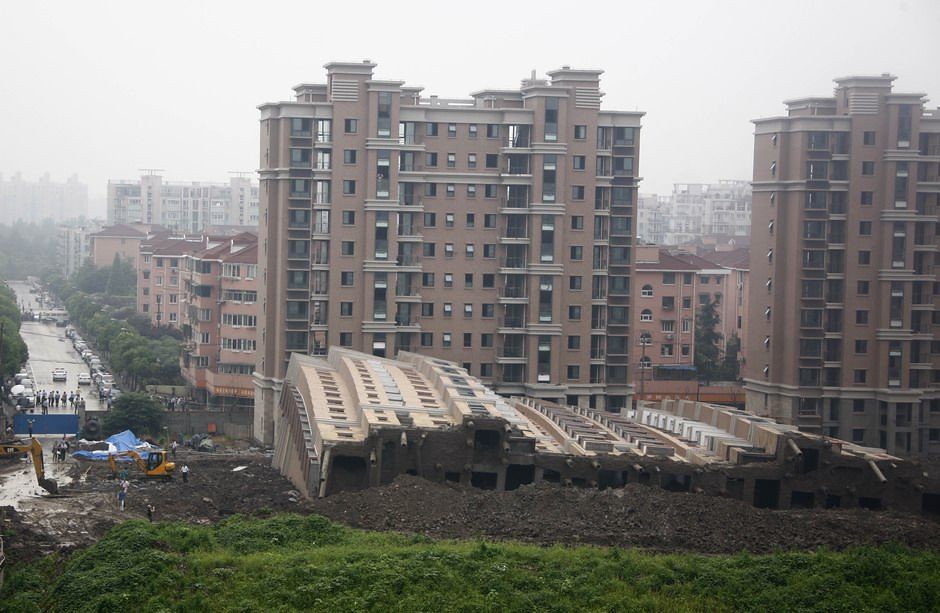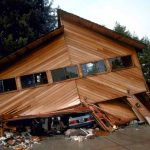Failure of construction is an important subject for an owner or a builder, since it involves human life and money. Structural failure may be prevented by incorporation of a proper design and use of quality materials. Workmanship is also an important factor to ensure a proper structural construction.
Since humans first started construction, there have been numerous occasions when the structures failed. The analysis revealed the general causes of failure that includes defective design, extra loads, leaks, cracks, and sagging. Structural failure signifies the lack of the load bearing capability of a structural element or of the complete structure. Structural failure starts when the material is strained to its limit of strength, thus originating cracks or extreme deformation. The decisive material or system failure strength is its greatest capacity to endure loads, after which it is liable to fail.
The ultimate failure strength of a material or structural element is taken into consideration while preparing the design of structures. A factor of safety is also integrated into the design analysis to prevent failure if unforeseen loads are applied. Current building codes have significantly decreased structural collapses, but cannot really completely eliminate structural failures. Though the possibility of structural failure is less, the results can be disastrous. The engineers are persistently seeking measures to reduce structural failures by the adoption of appropriate building standards and other safety requirements.
There are numerous important factors that need to be considered while designing and constructing a building. The initial foremost factor to be analyzed is the soil conditions at the site. Soil is a leading cause of building defects. If the soil is not suitably prepared, it can cause severe damage to the complete building, including the ground floor, walls, and the roof. Water leakage in the building may be due to an improper or inferior plumbing system. The water issues may be minor in the initial stages, but may become substantially severe and affect the foundation, walls, and floor.
Therefore, such issues should be taken seriously, and appropriate preventive and corrective measures should be adopted. The primary cause of the development of roof cracks is an imperfect design. The design developed by an architect or an engineer may be aesthetically good, but it could be functionally ineffective. Therefore, the builder and the architect should work jointly to ensure that the design is perfect and will not cause structural failures.
Failure analysis is the technique of evaluating data to establish the origin of a failure, and recommend the precautions necessary to avoid recurrence. It is a significant subject in the field of construction. It is dependent on the examination of the failed component to establish the cause of failure, using an extensive range of methods. The nondestructive testing approach is useful since the failed components are not affected by the examination. A software program is used to conduct the failure analysis based on the applied element method. It examines the causes for the collapse of structures due to extreme loads.


